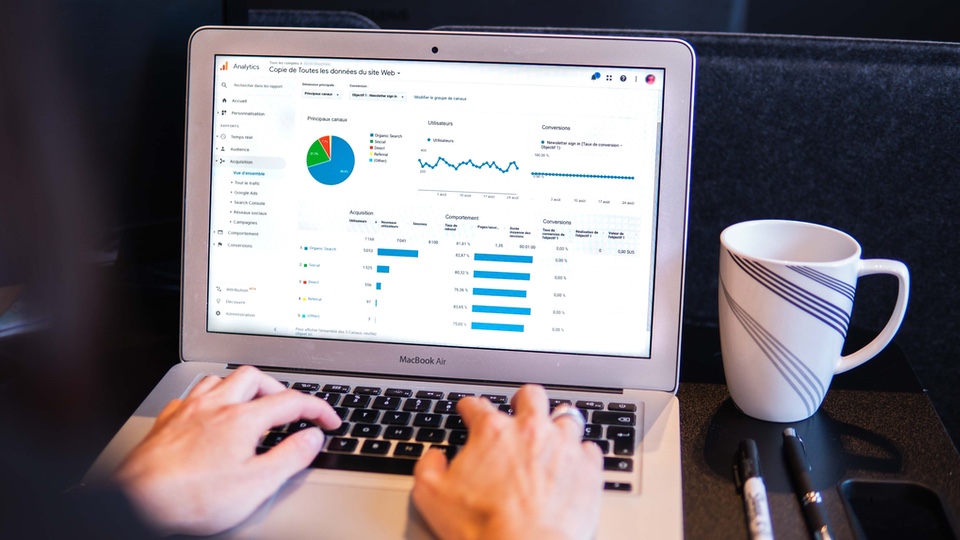Improving Your Hotel’s Booking Engine: The Google Analytics Goal Funnel

Online booking has become the norm for many travelers and potential hotel guests. In fact, online travel sales in 2012 reached about $162.4 Billion, up 12% from 2011; a 10% increase year over year seems to be the norm over the last several years. And, about 40% of this online revenue is attributed to hotel bookings.
Capturing a part of this massive online revenue is an obvious goal, and one that many hotel marketers make sure is part of their annual budgets. These activities can involve things like Pay-Per-Click, Search Engine Optimization and E-Mail Marketing; for more info, be sure to download our Hotel Internet/Digital Marketing Guide.
But what many marketers disregard is what happens when the user finally gets to a hotel’s website. So much effort is concentrated on getting people to a hotel’s website, that the user experience or thinking about ways to improve online conversions once a user is actually on the site are often forgotten.
There are many ways to analyze and capture data about your website’s user experience and conversion potential; you can even go as far as doing eye tracking studies or focus groups. But let’s concentrate on something a little more doable: The Google Analytics Goal Funnel.
The goal funnel in Google Analytics essentially allows you to track users’ path to an end goal; you define what the end goal is and the steps it takes to get there. Let’s see an example using booking a room as the end goal….
You can see that there are essentially 5 steps in this goal funnel:
- Availability: the user visits the booking engine and checks availability of rooms.
- Packages: after selecting dates and room(s), the user is taken to another screen and prompted to choose one of the hotel’s many specials or simply skip the step.
- Guest Details: the user is asked to enter his/her info, including payment info.
- Review: after submitting the guest details, the user is asked to review everything before committing to a booking.
- Confirm Booking: the booking is confirmed and the user becomes a guest.
The goal funnel will tell you how a user initially got to the first step and entered the funnel. Then for each subsequent step, it’ll let you know how many users made it to that step and if users exited, where they went after they exited that step. This can tell you a lot about how your website, more specifically your booking engine, performs.
Think about it this way, your marketing got almost 1,000 users to visit your hotel’s online booking engine, and 5 users made it to the end. How can you encourage more of those 1,000 users to make it to where those 5 users did? Setting up a goal funnel may offer you some insight or give you some ideas.
Let us know if you’d like to learn more about setting this up for your hotel!

